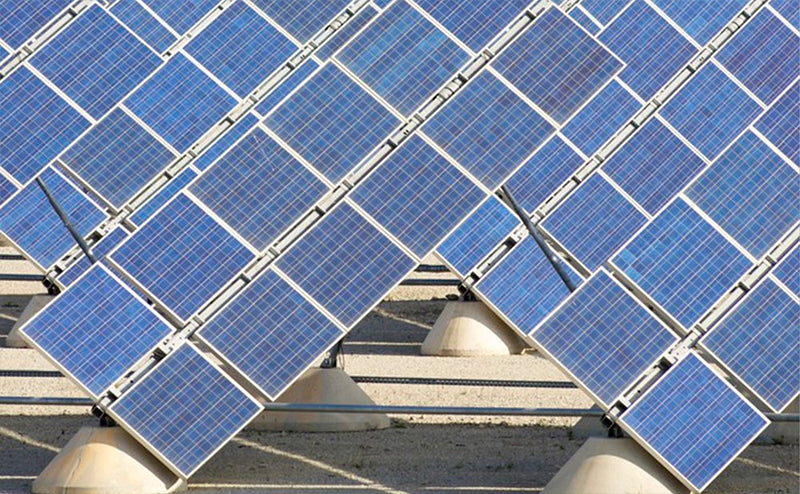
Solar panels are a popular source of renewable energy that harnesses the power of the sun to generate electricity. As the sun’s rays hit the solar panels, they are absorbed by photovoltaic (PV) cells made of silicon, which then convert the energy into direct current (DC) electricity.
The amount of electricity generated by a solar panel depends on a few factors, including the solar panel size of the panel, the efficiency of the PV cells, and the amount of sunlight hitting the panel. Generally speaking, a typical solar panel will produce between 250 and 400 watts of power, depending on the specific model and conditions.
It’s important to note that solar panels generate DC electricity, which must be converted to alternating current (AC) electricity in order to be used in your home or business. This is done by an inverter, which changes the DC electricity into AC electricity that can be used to power your appliances and electronics.
If you’re considering installing solar panels on your home or business, it’s important to work with a qualified installer who can help you determine the optimal panel size and placement for your specific location and energy needs. By doing so, you can maximize the output of your solar panels and enjoy the benefits of clean, renewable energy for years to come.
In addition to the output of individual solar panels, it’s also important to consider the overall production of a solar panel system. This is determined by the number of panels installed and their orientation and placement. A qualified solar installer can help you design a system that maximizes your energy output while taking into account factors like roof orientation, shading, and available space.
Article from: Wuzeck
For more information, please click here: https://wuzeck.com/